
Ingredient
Balsam pear leaves
The Healing Power of Balsam Pear Leaves
Balsam pear leaves are dark green, heart-shaped leaves that grow on the balsam pear plant. They have a slightly bitter taste and a crunchy texture. These leaves are often used in stir-fries, soups, and herbal teas. They add a distinct flavor to dishes and are known for their medicinal properties, including blood sugar regulation and immune system support.
Origins and history
Balsam pear leaves have a long history of use in traditional Chinese medicine and Ayurveda. They are native to tropical regions of Asia and have been cultivated for centuries. These leaves are highly regarded for their ability to lower blood sugar levels and improve digestion. In addition to their medicinal uses, balsam pear leaves are also used in various culinary preparations across Asia.
Nutritional information
Balsam pear leaves are low in calories and rich in vitamins A and C. They also contain antioxidants and have been shown to have anti-inflammatory properties. These leaves are a good source of dietary fiber and can aid in digestion and weight management.
Allergens
There are no known allergens associated with balsam pear leaves.
How to select
When selecting balsam pear leaves, look for fresh, vibrant green leaves without any signs of wilting or discoloration. Avoid leaves that are yellow or brown. The leaves should feel crisp and firm to the touch. If purchasing from a farmers market, choose leaves that have been recently harvested for the best quality.
Storage recommendations
To store balsam pear leaves, wrap them loosely in a damp paper towel and place them in a plastic bag. Store them in the refrigerator for up to 5 days. Avoid washing the leaves until ready to use, as excess moisture can cause them to spoil faster.
How to produce
Balsam pear plants can be grown in warm climates with well-drained soil. They require full sun exposure and regular watering. The plants can be grown from seeds or seedlings and should be provided with a trellis or support for climbing. Regular pruning and fertilization can help promote healthy leaf growth.
Preparation tips
Balsam pear leaves can be used in stir-fries, soups, and herbal teas. They are often sautéed with garlic and other vegetables to balance their bitterness. The leaves can also be blanched and used as a wrap for meat or seafood. Additionally, balsam pear leaves can be dried and ground into a powder for use as a seasoning or herbal supplement.
Culinary uses
Balsam pear leaves are commonly used in Asian cuisines, particularly in Chinese, Indian, and Filipino dishes. They are a staple ingredient in bitter melon soups, stir-fries, and herbal teas. These leaves are also used in traditional medicine practices across Asia for their healing properties.
Availability
Balsam pear leaves are commonly available in Asian grocery stores and markets. They can also be found in some specialty health food stores or ordered online.
More ingredients from this category » Browse all

Plantain leaves
Versatile Wrapping Material

Marsh marigold leaves
The Golden Herb
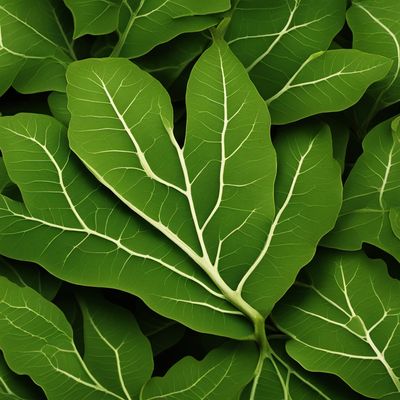
Baobab leaves
The Nutritional Powerhouse: Baobab Leaves Unveiled
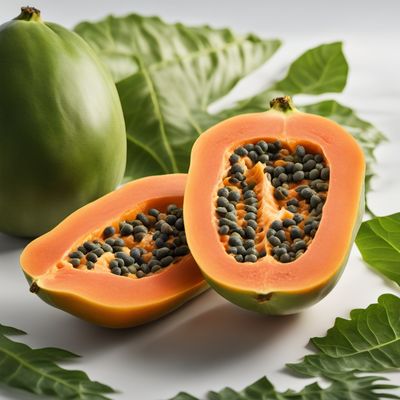
Papaya leaves
The Healing Green

Pepper leaves
The Leafy Delight: Unveiling the Hidden Potential of Pepper Leaves
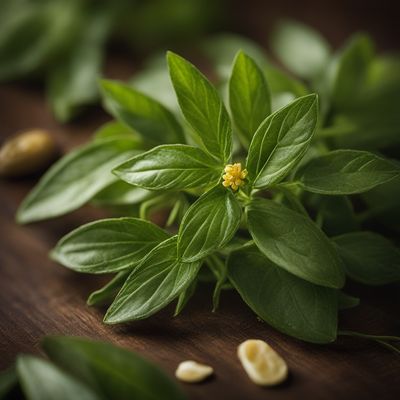
Blackjack leaves
The Versatile Blackjack
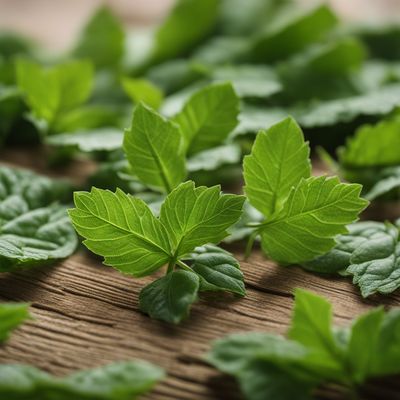
Jew's mallow leaves
The Nutritional Powerhouse: Jew's Mallow Leaves
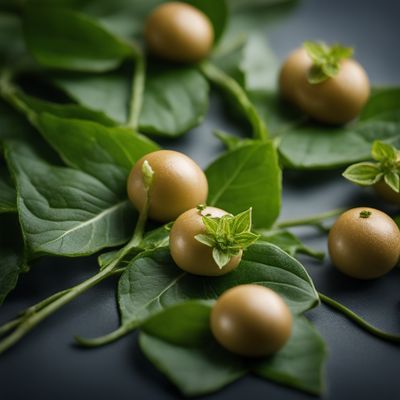
Blumea leaves
The Aromatic Herb: Blumea Leaves

Senna leaves
The Natural Laxative: Unveiling the Power of Senna Leaves
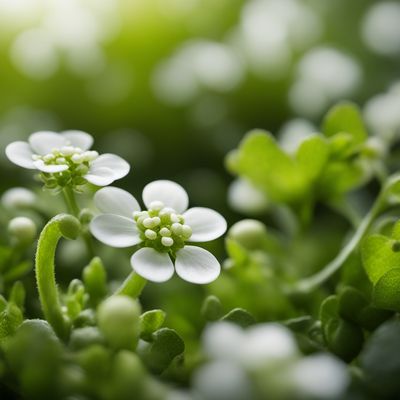
Scurvy-grass
The Citrusy Herb

Mallow leaves
Velvety Greens with a Mild Bite

Nightshade, black
The Dark Delight: Unveiling the Secrets of Black Nightshade


